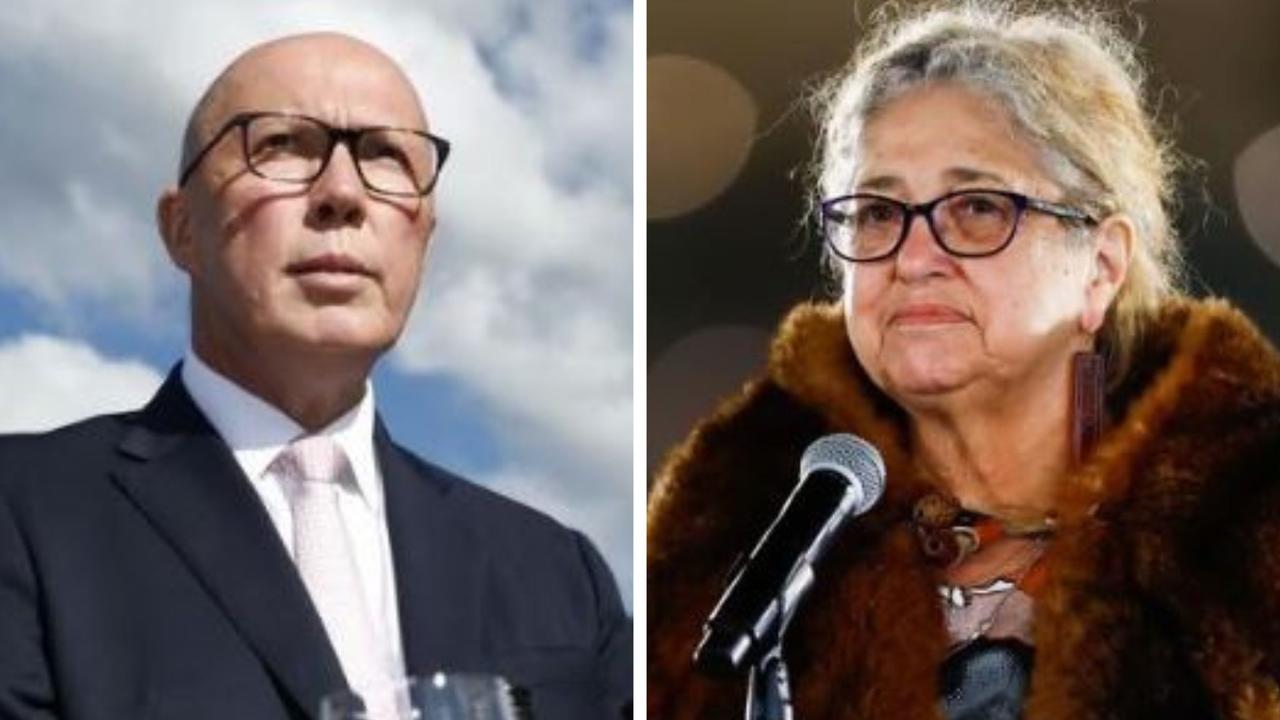Australia’s top female doctors and scientists changing the world
From a scientist studying babies’ poo to another looking at how a brain can be repaired in a person with MS – meet some of Australia’s most inspiring women.
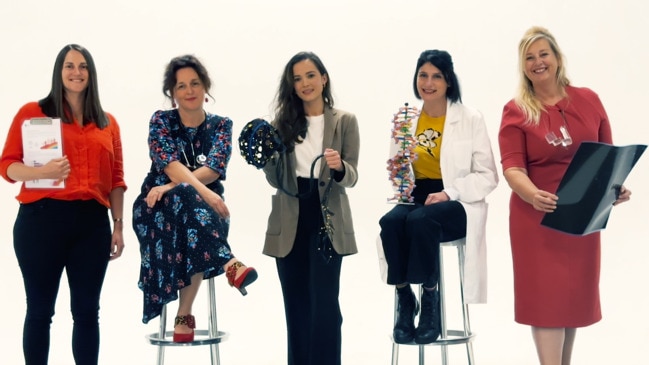
National
Don't miss out on the headlines from National. Followed categories will be added to My News.
Australia is a science powerhouse – for a relatively small nation, we can lay claim to having invented the world’s first cervical cancer vaccine and spray-on-skin for burns victims.
But in five, 10 and even 20 years’ time, where will our lab-coat legends take us? Specifically our female ones.
HAYLEY GODDARD profiles 25 of the best, on the cusp of cancer, heart disease, epilepsy and stillbirth breakthroughs.
Dr Caitlin Cowen, research fellow at University of New South Wales
Dr Caitlin Cowen is studying babies’ poo in a bid to unlock answers to the causes of mental health.
She said there was a correlation between our diet, the gut microbiome and how we feel, but more research was needed.
She hopes the microbiome can be used as a diagnostic tool to help treat mental health conditions and set kids up for success from a young age.
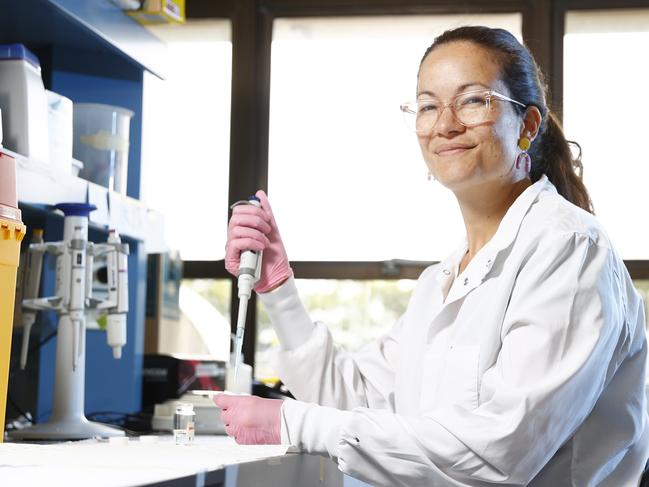
Christina Maher, biomedical engineer, The University of Sydney
Christina Maher is working with artificial intelligence to find new treatments for people with epilepsy, which affects more than 140,000 Australians.
Ms Maher is exploring how to use MRIs to map brain electrical networks and “information highways” combined with artificial intelligence to better understand, diagnose and treat the condition – and to achieve better outcomes with surgery.
“Thirty per cent of people with epilepsy don’t respond to medication and we want to understand why that is,” she said.

Dr Jiawen Li, inventor and senior lecturer at The University of Adelaide
More than 20 million people a year globally experience acute coronary syndromes (ACS), including heart attacks, of which 35 per cent die from within a year.
Dr Jiawen Li has designed a world-first device — an intravascular imaging catheter — that could be the key to early detection and treating or preventing heart attacks in high-risk people, potentially reducing the $4.8 billion in health costs to Australia.

Dr Erin McGillick, respiratory researcher at the University of South Australia
Dr Erin McGillick is researching why otherwise healthy babies born via elective caesarean section develop breathing issues – and how to prevent it.
“About one in 10 babies born by elective caesarean are at risk of this compared to vaginal delivery, which represents a growing burden as the rate of elective C-sections is growing worldwide,” Dr McGillick, who is involved in a world-first study, said.
“We found that when newborns have more liquid in their lungs at birth at term, because they do not undergo the hormonal and physical process of labour that help clear this liquid before their first breaths, it is harder to get air in their lungs and perform gas exchange between breaths.”
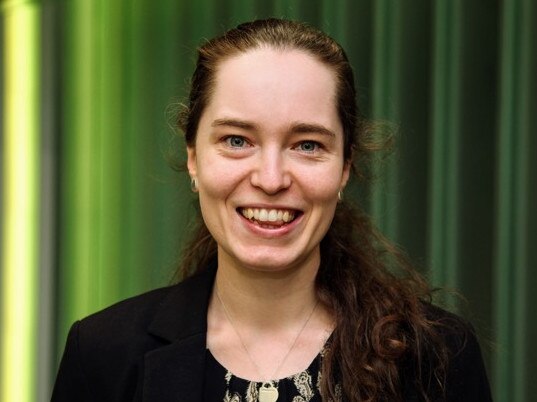
Professor Kaylene Young, theme Leader for Brain Health and Disease Research at Menzies Institute for Medical Research at University of Tasmania
Prof Kaylene Young and her team are working on a potential world-first brain repair treatment for people with multiple sclerosis (MS) — a disease where the immune system invades and attacks the nervous system, killing insulating cells, called oligodendrocytes.
“My team found that a non-invasive form of brain stimulation, called transcranial magnetic stimulation, can massage the electrical activity of the brain and increase the number of new oligodendrocytes added to the brain over time,” Prof Young said.
“We aim to find out whether magnetic brain stimulation can overcome the effects of MS to stop disability from worsening over time and even restore function that was previously lost.”
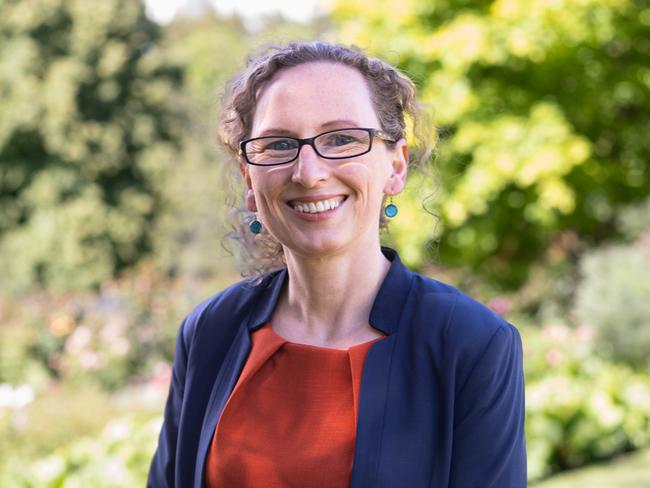
Dr Dhani Dharmaprani, biomedical engineer at Flinders University
Dr Dhani Dharmaprani is mapping the electrical patterns and rhythms of people’s hearts to help identify treatments for cardiac fibrillation, such as atrial fibrillation (AF) which affects one in four Australians, and ventricular fibrillation (VF), which is the leading cause of sudden death in the world.
“At the moment is we don’t have a way to replicate these macroscopic electrical signals from patients, so we don’t have a way of assessing the treatments’ effectiveness,” Dr Dharamprani said, explaining that each heart has a different signal.
She said current antiarrhythmic medications did not work in 70 per cent of patients. She is trying to determine why and uncover new treatments.
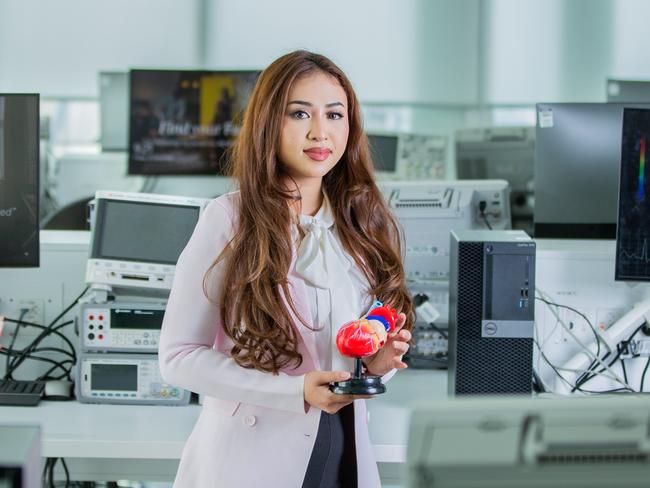
Professor Laura Mackay, Theme Leader Immunology, The Peter Doherty Institute for Infection and Immunity
Tapping into a special part of the immune system, known as T-cells, may help unlock a new cure for cancer.
Prof Laura Mackay is specifically focused on T-cells in the skin and tissues, which keep cancers like melanoma in check until they “lose the race” and the cancer develops.
She wants to understand why that happens and how immunotherapy can help T-cells survive for longer in tissues.
“T-cells become exhausted when they see too much cancer – their functionality becomes compromised. We are seeking to reverse that exhaustion in tissues,” she said.
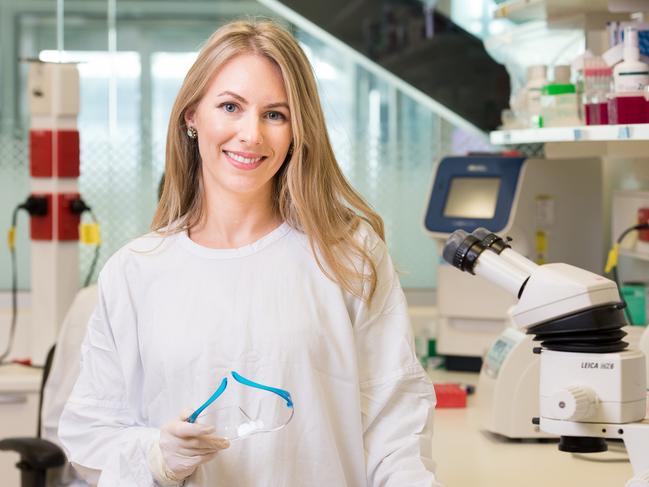
Associate Professor Jaclyn Pearson, antimicrobial resistance researcher at Hudson Institute of Medical Research
Antimicrobial resistance (AMR) is one of the greatest public health threats. Close to five million deaths were attributable to AMR in 2019 alone and this figure is projected to increase to at least 10 million a year by 2050 with no interventions.
In the first major test of its kind, Assoc Prof Jaclyn Pearson is trying to find new ways to treat ‘superbugs’ – bacteria and viruses that are highly resistant to antibiotics and can cause more severe disease.
“I want to understand how they survive so well in our bodies, because we know it’s not just the drug resistance that makes them indestructible, these bacteria have also evolved to hide from our immune system,” she said.
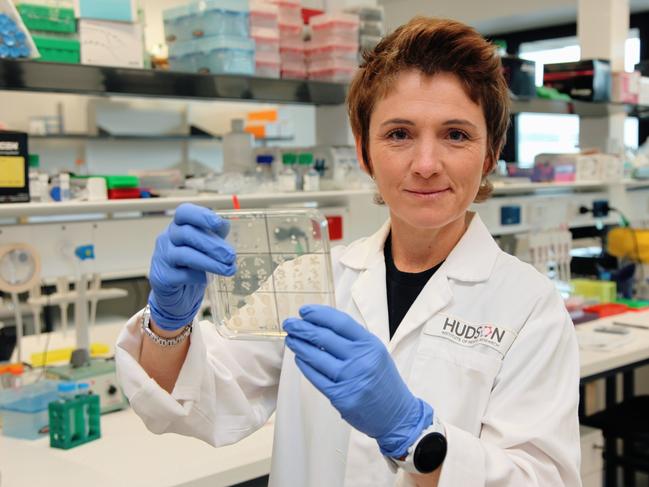
Dr Laura Eadie, biomedical researcher at South Australian Health and Medical Research Institute
Dr Laura Eadie is researching more effective treatments for people with T-cell Acute Lymphoblastic Leukaemia (T-ALL) by analysing their genes for any mutations that could be treated with drugs.
She said while high-dose chemotherapy treatments were effective for most T-ALL patients, many experienced long term side effects.
“My research will identify new and repurposed FDA-approved drugs targeted to a patient’s specific leukaemia, providing … hope for patients who have relapsed,” Dr Eadie said.
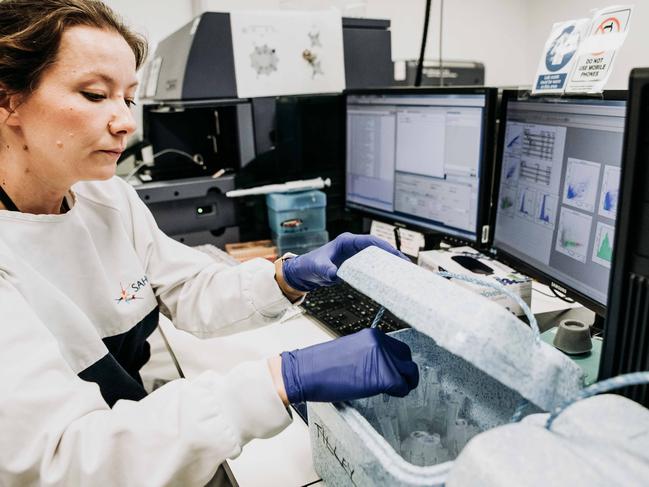
Professor Iona Novak, Cerebral Palsy Alliance Chair of Allied Health at The University of Sydney
Prof Iona Novak was inspired to pursue her research career by her childhood “best friend” who had cerebral palsy.
Her research looks at how DNA and stem cells could hold the key to preventing cerebral palsy and repairing the brains of kids with the condition.
“We have just come to understand that children with cerebral palsy have inflammation, which makes a role for stem cells to dampen that inflammation and repair the brain … and improves movement more than rehabilitation alone,” Prof Novak said.
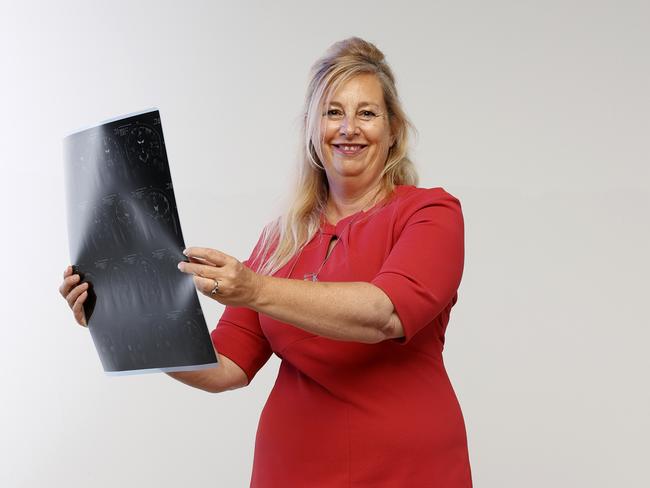
Dr Sophie Payne, neuroscientist, Bionics Institute
Dr Sophie Payne has created and is testing a small medical device that could help stimulate the body’s natural healing system to combat diseases such as Chron’s or rheumatoid arthritis, which affects half a million Australians.
The device is a tiny electrode — about the size of a thumbnail — that can during surgery be attached to the vagus nerve, which controls several organs including the body’s anti-inflammatory response.
“Around 80 per cent of people with Crohn’s disease require surgery to remove damaged sections of their bowel, and unfortunately, there are few effective treatments to prevent the disease recurring at the operation site,” she said.
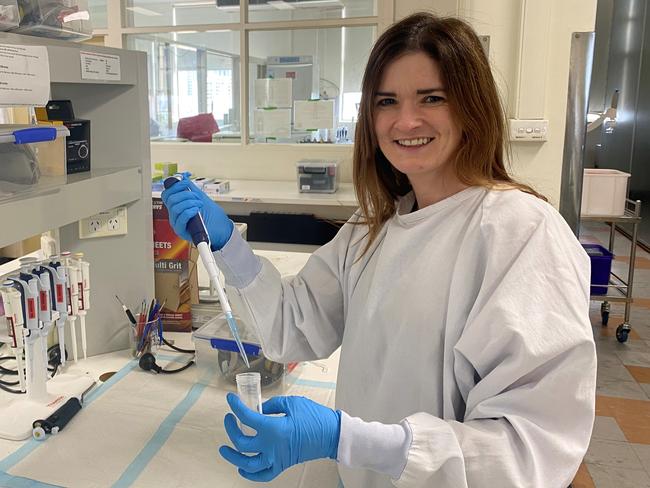
Dr Denis Bauer, transformational bioinformatics leader at CSIRO in South Australia
Dr Denis Bauer is working to cure genetic diseases by using cloud-based technology and artificial intelligence to help find the perfect drug and dosage to treat conditions.
“Your DNA can tell your clinician what disease risks you should be aware of, but today’s routine care does not use this valuable information,” she said.
“Listening to the warnings encoded in your DNA … enables you to intervene before you have any physiological changes.”
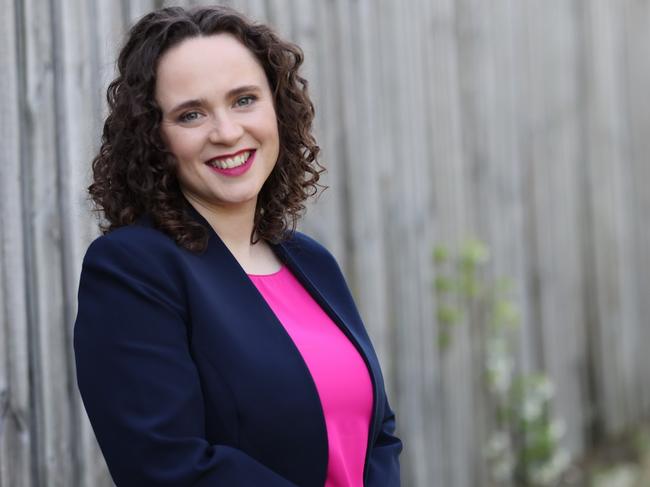
Dr Amanda Khoury, epigenetics researcher at Garvan Institute of Medical Research
By studying the structure of DNA within our cells, Amanda Khoury hopes to unlock new ways to treat cancer.
“The DNA within our cells has a precise three-dimensional structure, which is important for healthy cell function. In cancer cells, this structure is disrupted,” she said.
“My work is focused on mapping the altered 3D structure of DNA in cancer and identifying the key players that drive this change, with the ultimate goal of finding new therapeutic options.”
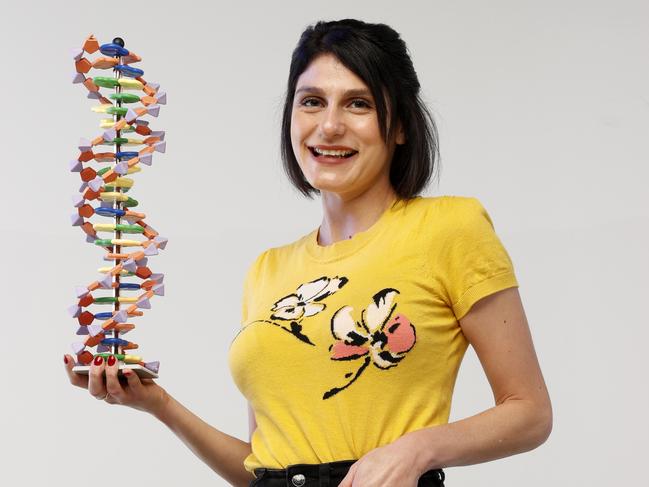
Dr Charis Teh, researcher at Walter and Eliza Hall Institute of Medical Research.
Dr Charis Teh is looking to find the “kill switch” that triggers cell suicide in blood cancers. Using cutting-edge technology, she wants to uncover the most potent druggable killers in blood cancers.
“Despite some advances, current treatment options for solid cancers remain limited and many patients have a dismal prognosis,” she said.
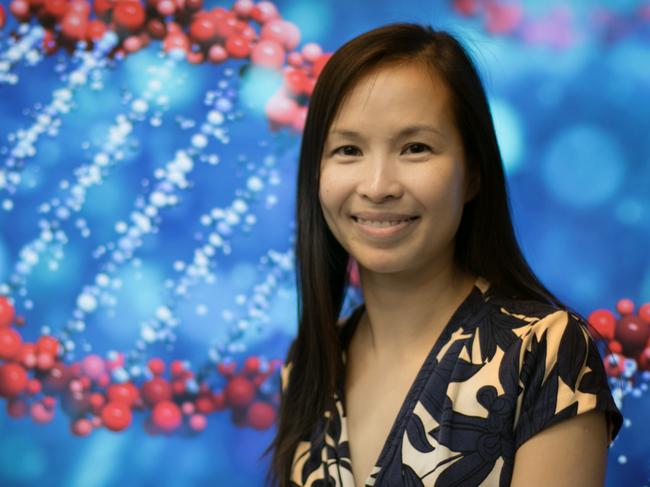
Dr Anita Goh, clinical researcher, National Ageing Research Institute at The University of Melbourne
Every three seconds, someone in the world develops dementia. And the problem is growing, with the World Health Organisation reporting dementia rates will triple by 2050.
Dr Goh is researching whether making changes to people’s lives — like socialising at aged care homes — can reduce the impact of dementia.
“You can actively do things to lower your risk of getting dementia by a third or even more,” she said.
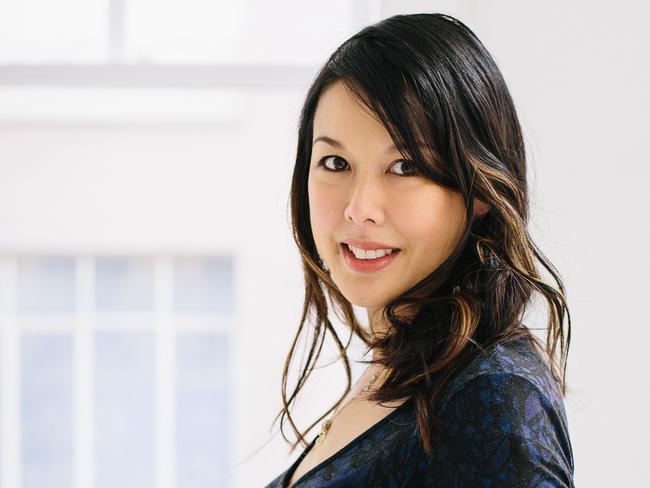
Associate Professor Divya Mehta, Team Leader Stress Genomics Group at Queensland University of Technology
Assoc Prof Divya Mehta is researching how people’s genes and their environment influence mental health — and ways to improve it.
“We have found for the first time that certain social and psychological factors are highly beneficial and act as a buffer, reducing some of the negative outcomes of stress on our genes,” she said.
“Individuals who experience higher levels of social support and those who have a sense of connectedness and belongingness cope much better with stress than those who do not.”
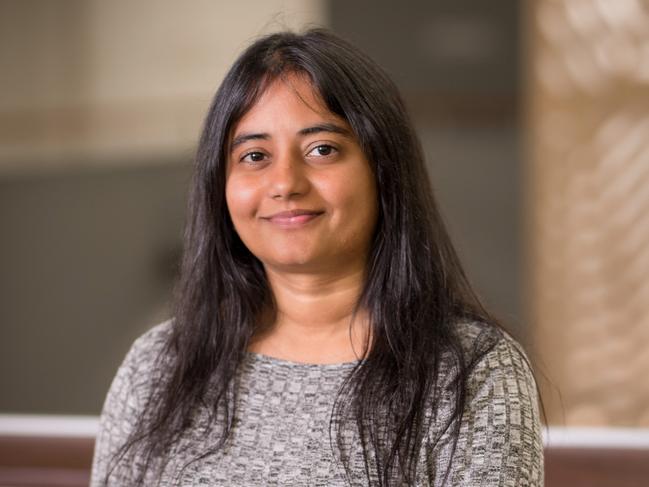
Dr Aida Brankovic, artificial intelligence researcher at CSIRO
Dr Aida Brankovic is leading the development of artificial intelligence programs to predict health emergencies in adults and preterm infants using electronic medical records (EMR) in real-time.
“Combining EMR data and AI we can help alert medical staff early when a patient may be at risk of an adverse outcome such as sepsis, respiratory failure or death and give them valuable extra time to intervene early and save lives,” she said.

Associate Professor Michelle Wykes, group Leader Molecular Immunology at QIMR Berghofer Medical Research Institute
Studying the immune system to find a treatment for malaria, which kills more than half a million people each year, led Assoc Prof Michelle Wykes to a potential new cancer treatment.
Assoc Prof Wykes believes she has found a “master switch” to target two of the deadliest types of cancer – triple negative breast and colon cancer – using immunotherapy.
Her research focuses on helping dendritic cells in our immune system to better recognise cancer cells and then co-ordinate T-cells to attack.
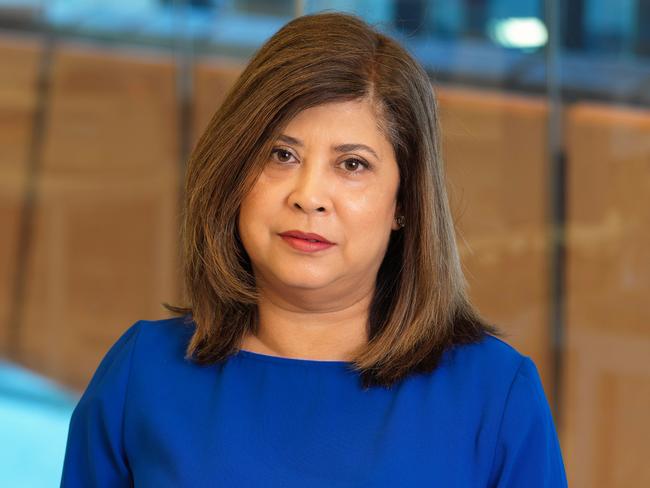
Dr Sonia Shah, genetics researcher, The University of Queensland.
Heart disease is one of the leading causes of death in Australia but those of South Asian heritage have a two-fold risk of developing it.
Dr Sonia Shah is working on closing that gap by understanding Australian South Asians’ heart health to develop bespoke risk assessment tools.
Current treatments are designed around white Australian, American or British people and do not always translate.
“If you don’t realise (you’re at-risk), you’re more likely to get a heart attack or die early from a heart disease. Most types of heart disease are preventable but you’re not aware that if you're at high risk, you probably are not going to make those changes,” she said.
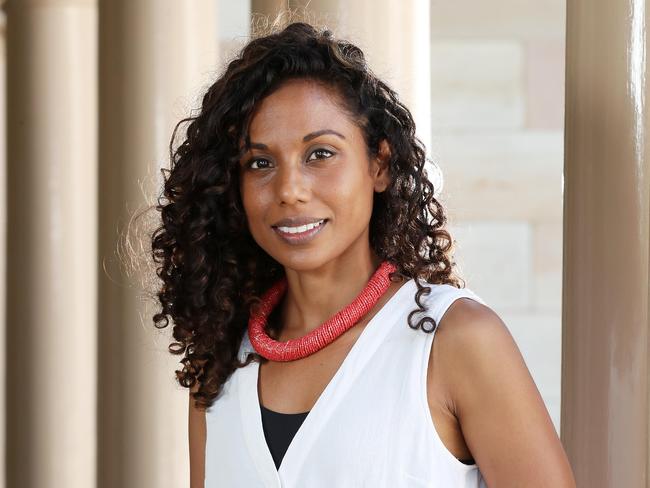
Dr Teresa Wozniak, ‘superbugs’ researcher at CSIRO in Queensland
Dr Teresa Wozniak established HOTspots, a surveillance program giving health professionals in far flung parts of the country real-time information on AMR (antimicrobial resistant) and ‘superbugs’.
“GPs in remote clinics don’t have the luxury of five days waiting to confirm the result. If you base the treatment on evidence from that region, you are more likely to make the right decision,” Dr Wozniak said, explaining there were different strains of ‘superbugs’ in northern Australia compared to urban settings.
An extension of this work is bringing together vets as well as environmental health professionals.
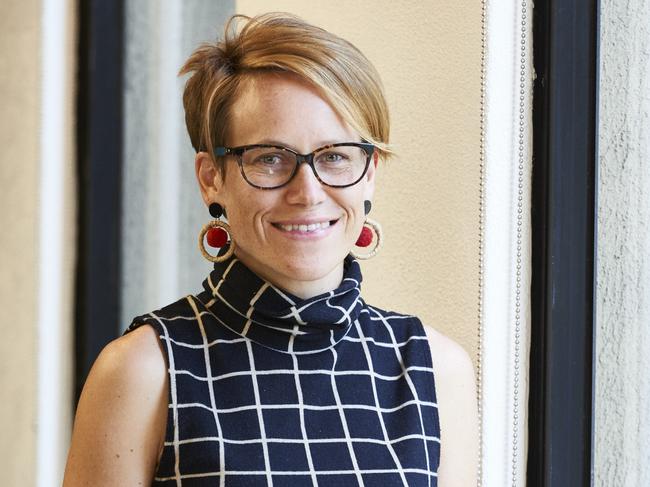
Professor Sherene Loi, Head of Translational Breast Cancer Genomics and Therapeutics Laboratory at Peter MacCallum Cancer Centre
Prof Sherene Loi’s research has resulted in immunotherapy being used to treat women diagnosed with triple negative breast cancer – the most aggressive type.
“Breast cancer is the biggest killer of women under the age of 30 and the biggest cancer cause of death in women worldwide,” she said.
Prof Loi is continuing to research treatments for other forms of breast cancer and hopes some will be available in the next five years.
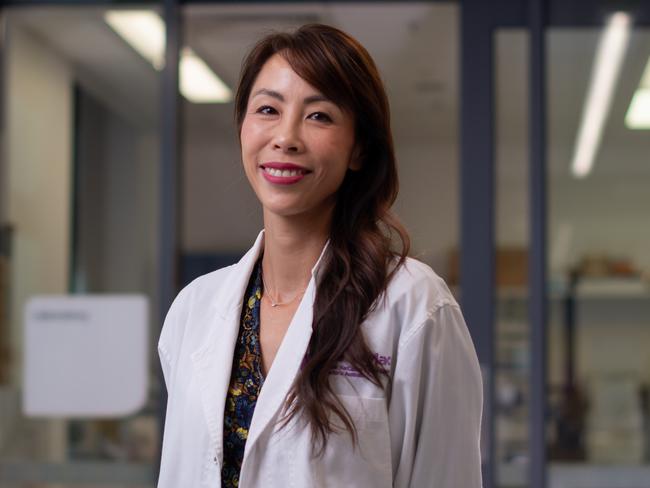
Clinical Professor Adrienne Gordon, of the University of Sydney
Prof Adrienne Gordon is part of a national research project, the Safe Baby Bundle, which aims save about 200 lives a year by reducing the number of stillbirths after 28 weeks of pregnancy.
The study is looking at five factors — smoking cessation, decreased foetal movements, side sleeping, monitoring a baby’s growth and improving shared decision making around timing of birth — to see if they impact.
“This work can both save lives and improve the clinical care of families who experience the loss of their baby,” Prof Gordon said.

Kate Maston, mental health researcher and psychologist, Black Dog Institute
Kate Maston is working to understand why the rates of mental health issues have increased in the past decade by surveying more than 6000 Australian teenagers in a long-term project called the Future Proofing Study.
“Suicide is the leading cause of death in young people in Australia. Understanding why young people are experiencing such high rates of mental ill health is the first step in knowing where to target preventive and early intervention programs,” she said.
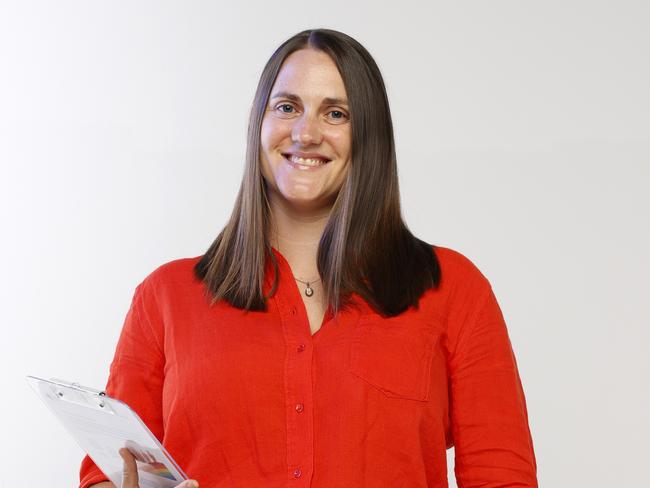
Assoc Professor Shannon Simpson, Head of Children’s Lung Health, Telethon Kids Institute and Curtin University
Some kids born very preterm — prior to 32 weeks’ gestation — suffer from respiratory issues, as lungs are the last part of the body to form.
Assoc Prof Shannon Simpson’s research found about 50 per cent of school-aged children who survived very preterm births had lower lung function than kids born at term.
“Our study showed that the lung function of very preterm-born kids is moving further away from the healthy term born population throughout their childhood, and this makes us worry about what the future holds for these kids – who rarely survived prior to the 1990s,” she said.
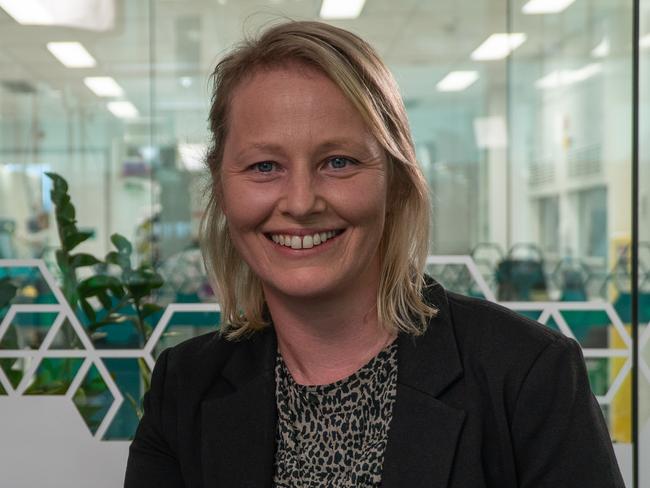
Dr Amy Finlay-Jones, Head of Early Development and Mental Health, of Telethon Kids Institute
Dr Amy Finlay-Jones is researching factors in early life that influence a child’s mental health and their ability to self-regulate.
“We are exploring what early self-regulation difficulties tell us about later mental health outcomes and what we can do to best support self-regulation in children from disadvantaged backgrounds,” she said.
More Coverage
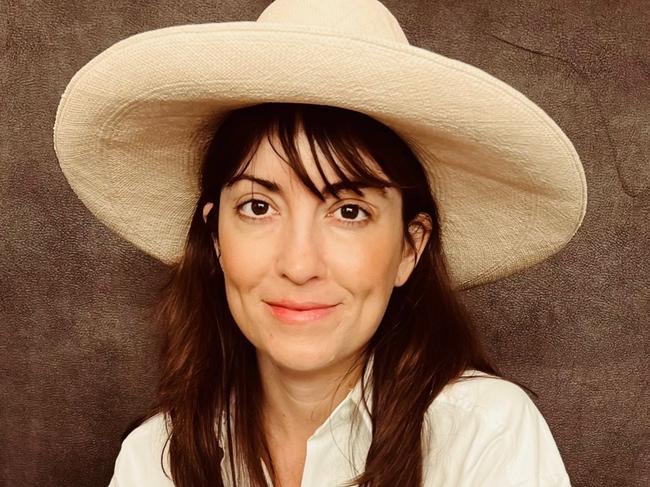
Originally published as Australia’s top female doctors and scientists changing the world




